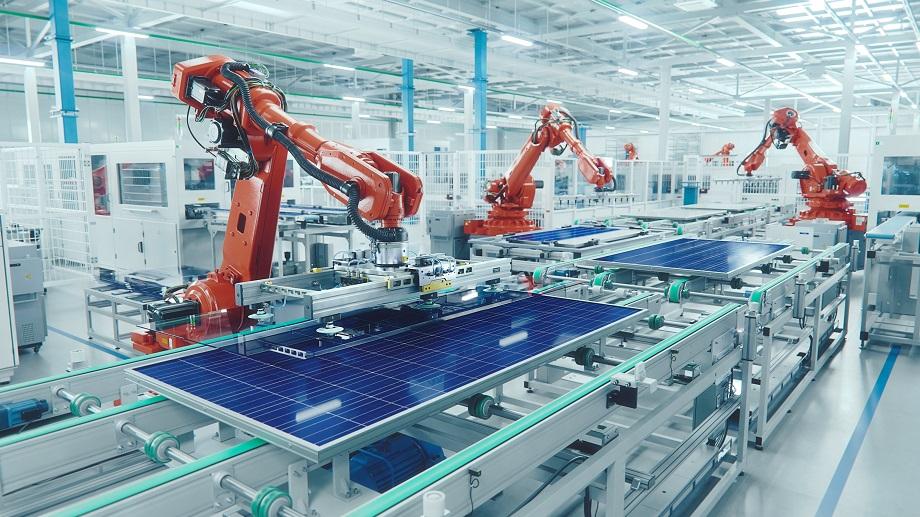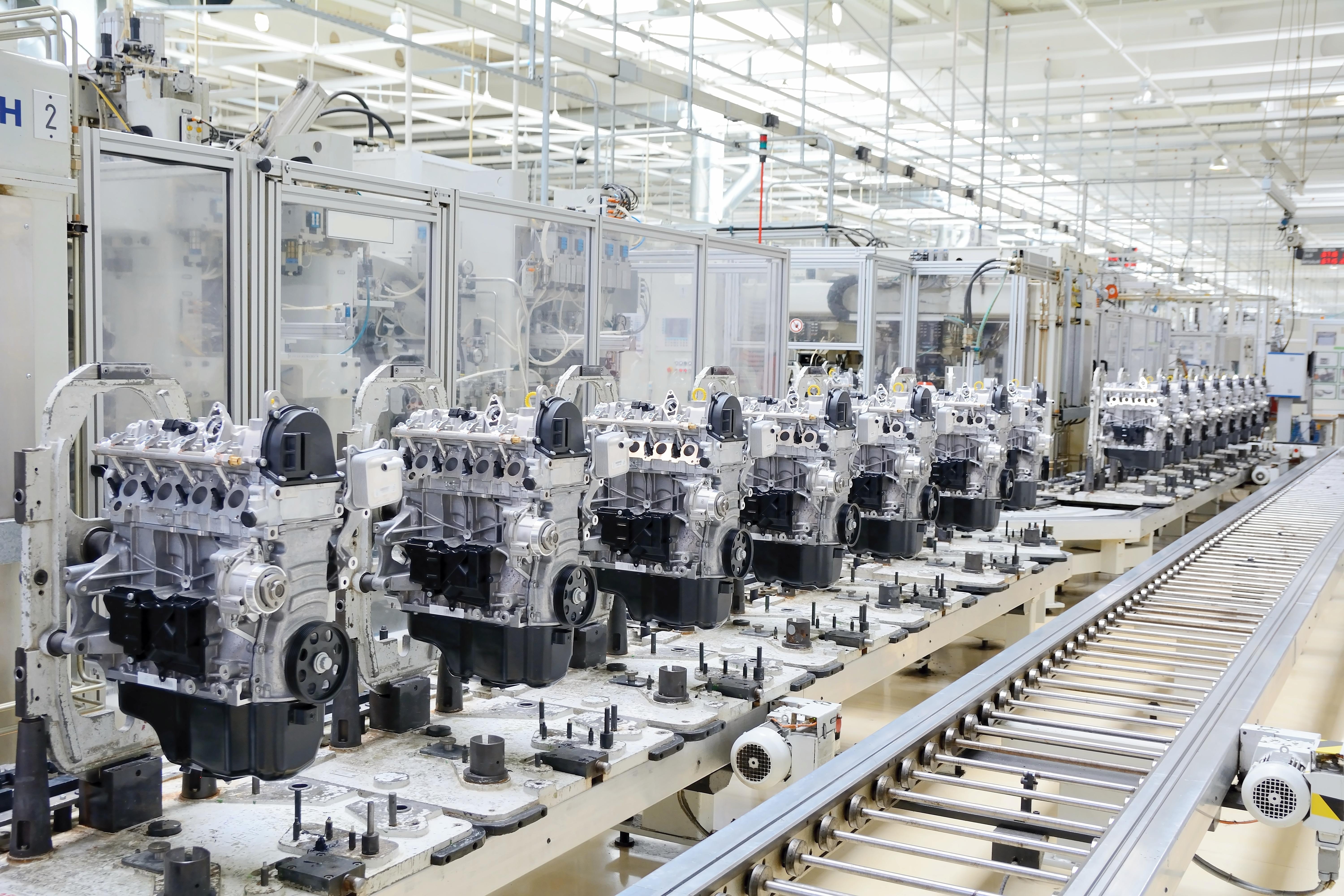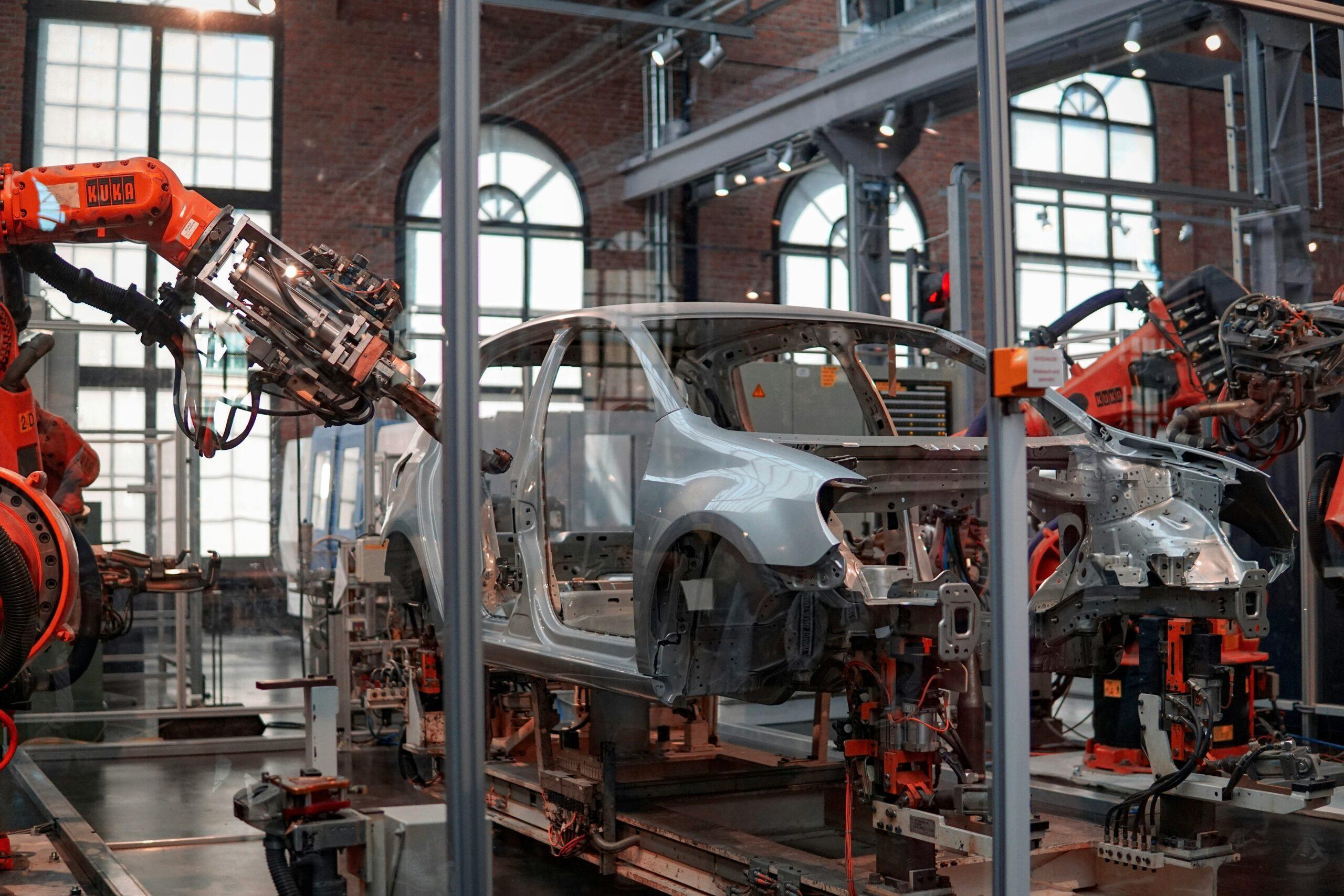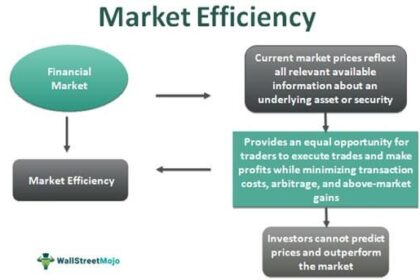Transforming Production: The Rise of Automation in Manufacturing
In the heart of bustling factories, where the rhythm of machinery harmonizes with the skill of the workforce, a silent revolution is underway. Automation, once a distant ambition whispered among futurists, has now become a cornerstone of modern manufacturing. This transformation transcends mere mechanization; it embodies a paradigm shift—one that is reshaping how products are conceived, crafted, and delivered. As machines increasingly take on tasks traditionally performed by human hands, the landscape of production is evolving at an unprecedented pace. This article delves into the complexities of this transition, examining the drivers behind automation, its implications for the workforce, and the potential benefits and challenges it brings to the manufacturing sector. Join us as we explore the new age of production, where innovation and efficiency collide, redefining what it means to create in the 21st century.
Embracing the Future: Understanding the Role of Automation in Modern Manufacturing
As industries navigate the demands of a rapidly evolving market, automation emerges as a transformative force in manufacturing processes. By integrating advanced technologies, companies can enhance productivity and reduce operational costs while ensuring precision and efficiency. Automation minimizes human error, streamlines workflows, and enables manufacturers to respond swiftly to changing consumer demands. This shift not only optimizes production but also frees up skilled workers to focus on more complex tasks that require human ingenuity and decision-making.
Incorporating automation into manufacturing also paves the way for innovative practices that can set a company apart from its competitors. Key benefits include:
- Increased Efficiency: Automated systems reduce downtime and improve output rates.
- Enhanced Quality Control: Consistent monitoring leads to superior product quality.
- Scalability: Easy adjustments to production levels as market demands fluctuate.
- Cost Savings: Reductions in labor costs and waste through precise material handling.
To illustrate the impact of automation on production efficiency, consider the following comparison of traditional vs. automated manufacturing:
| Aspect | Traditional Manufacturing | Automated Manufacturing |
|---|---|---|
| Production Speed | Moderate | High |
| Error Rate | Higher | Lower |
| Labor Costs | High | Reduced |
| Flexibility | Limited | Highly Adaptable |

Enhancing Efficiency: Key Technologies Driving Automated Production Processes
As industries strive for higher productivity and lower operational costs, the integration of cutting-edge technologies in production processes has become pivotal. These advancements not only streamline workflows but also enhance precision and quality. Among the most influential technologies are:
- Robotic Process Automation (RPA): Uses software robots to handle repetitive tasks, freeing human workers for more complex activities.
- Internet of Things (IoT): Connects machinery and systems, enabling real-time data collection and analysis that informs better decision-making.
- Artificial Intelligence (AI): Enhances predictive maintenance and quality control, reducing downtime and ensuring smoother operations.
- 3D Printing: Allows for rapid prototyping and customized production, significantly reducing lead times.
Furthermore, the convergence of these technologies has led to the concept of Smart Manufacturing, where interconnected systems work in harmony to optimize production lines. A recent study highlighted the impact of these innovations:
| Technology | Impact on Efficiency | Percentage Improvement |
|---|---|---|
| Robotic Process Automation | Reduced production time | 30% |
| IoT Integration | Enhanced resource allocation | 25% |
| AI & Machine Learning | Optimized supply chain | 35% |
| 3D Printing | Lowered material waste | 20% |
This data illustrates how leveraging modern technologies not only maximizes output but also contributes to sustainable practices within the manufacturing sector.

Workforce Evolution: Preparing Employees for an Automated Manufacturing Landscape
The transition to an automated manufacturing landscape demands a reimagining of employee roles and responsibilities. Organizations must actively invest in the continuous development of their workforce to ensure they are equipped to thrive in an environment increasingly dominated by technology. This means not merely training employees on how to use new tools but also fostering a culture of adaptability and problem-solving. Key strategies include:
- Reskilling and Upskilling: Offering programs that enhance current skill sets while introducing new competencies aligned with emerging technologies.
- Collaborative Learning: Encouraging teamwork and communication between employees in various roles to share knowledge and best practices.
- Mentorship Opportunities: Pairing seasoned staff with newer employees to nurture talent and facilitate knowledge transfer.
Moreover, organizations can benefit from implementing structured training initiatives that anticipate the requirements of an advanced manufacturing landscape. Establishing a clear roadmap for workforce evolution involves analyzing current skill gaps and future needs. To illustrate this approach, consider the following table highlighting essential skills and their corresponding training methods:
| Skill Set | Training Method |
|---|---|
| Data Analysis | Workshops and Online Courses |
| Robotics Operation | Hands-On Training and Simulations |
| Critical Thinking | Case Studies and Group Discussions |
Ultimately, preparing employees for the future of manufacturing is not just about enhancing technical capabilities but also promoting a mindset ready for innovation. By embracing change and fostering an environment of lifelong learning, businesses will empower their workforce to navigate and lead in an automated manufacturing industry.

Sustainable Practices: Leveraging Automation for Environmental Responsibility in Production
The integration of automation in manufacturing is not merely a trend; it represents a significant shift towards sustainable practices that prioritize environmental stewardship. By utilizing advanced technologies like robotics, artificial intelligence, and IoT, manufacturers can minimize waste, optimize resource allocation, and reduce energy consumption. Automated systems can analyze production processes in real-time, identifying inefficiencies that can lead to excessive waste and proposing adjustments instantly. For instance, smart machinery can adapt to varying quality inputs, ensuring that resources are used effectively, thereby reducing the overall environmental footprint of production.
Moreover, leveraging automation provides an opportunity to adopt circular economy models that enhance sustainability. By implementing closed-loop systems, businesses can ensure that materials are not only used efficiently but are also reused and recycled. Consider these key benefits of automation in this context:
- Precision and Consistency: Automated processes decrease the likelihood of human error, leading to less waste.
- Energy Efficiency: Smart machines can operate at optimal levels, adjusting energy use based on demand.
- Data-Driven Decisions: Advanced analytics enable manufacturers to make informed choices that favor sustainability.
| Automation Benefit | Environmental Impact |
|---|---|
| Reduced Material Waste | Lower landfill contributions |
| Lower Energy Consumption | Decreased carbon footprint |
| Enhanced Recycling Processes | Increased resource recovery |
Closing Remarks
As we stand on the cusp of a revolution in manufacturing, the increasing presence and sophistication of automation present both challenges and opportunities. The rise of intelligent machines and advanced robotics is not merely a trend; it represents a seismic shift in how we conceive production—a transformation that merges human ingenuity with technological prowess.
As manufacturers navigate this dynamic landscape, it is essential to embrace a forward-looking perspective, one that acknowledges the potential of automation to enhance efficiency while fostering a skilled workforce that can adapt and thrive alongside these innovations.
In this era of change, the key lies in leveraging technology to augment human capabilities rather than replace them. Only then can we truly harness the full potential of automation, paving the way for a sustainable and prosperous future in manufacturing. As we reflect on this pivotal moment, we must remember that the journey of transformation is ongoing. With thoughtful implementation and a commitment to collaboration, the manufacturing industry can emerge stronger, more resilient, and ready to meet the challenges of tomorrow.
In this evolving story, every cog and gear has a role to play—let us ensure that we all contribute to a narrative of progress, innovation, and shared success in the world of production.



